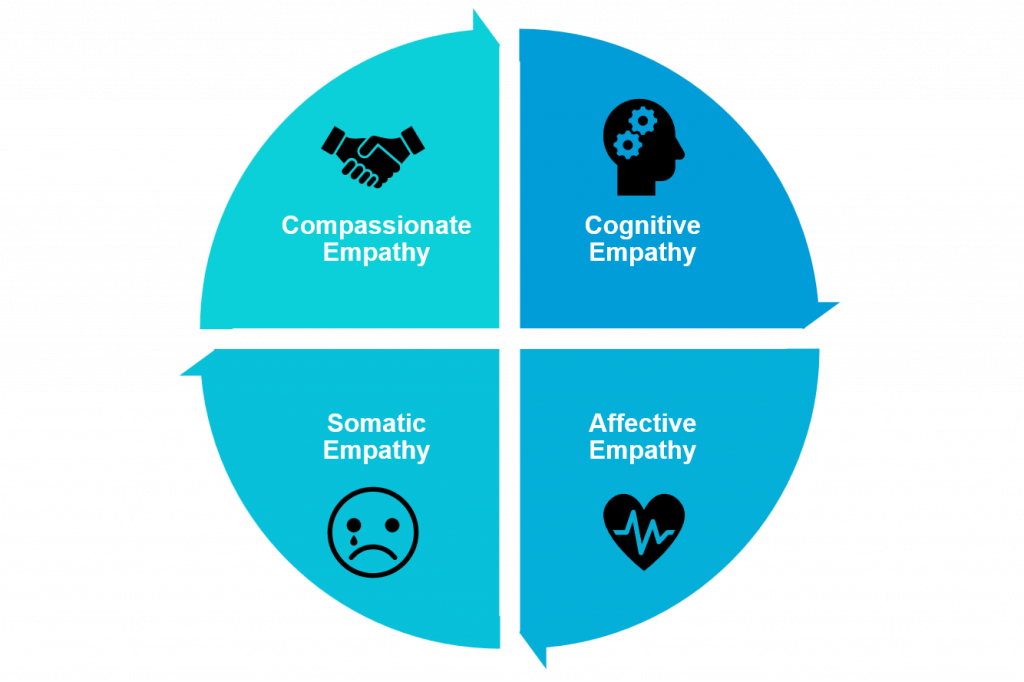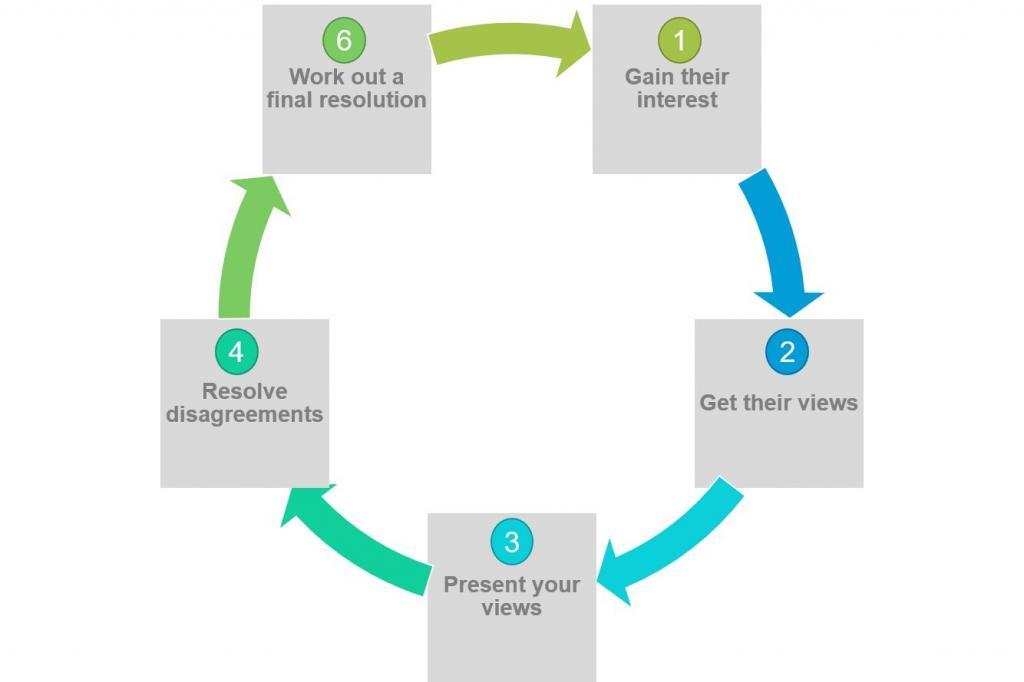Table of Contents
How to manage employees with empathy to increase employee engagement
Empathy is the ability to recognize and understand feelings from others’ views. Leaders with higher empathy tend to understand others’ perspectives better and react with more compassion.
“If there is any one secret of success, it lies in the ability to get the other person’s point of view and see things from their angle as well as your own,” – Henry Ford.
Empathy and sympathy are different. It is essential to know the difference in a workplace. Sympathy is having feelings of pity with no understanding of what it is like to be in someone’s situation. And empathy is the ability to imagine yourself in the position of someone and understand their emotions and point of view.
For example, Jane’s project has been shut down. She is having difficulties accepting it. Sympathy is feeling sorry for Jane. Empathy is acknowledging her feelings of confusion and discouragement and understanding that this uncertainty has raised many questions in her mind about her workplace. Her leader can show compassion by listening to her point of view without judgment.
So, why is empathy important for leaders?
Empathy allows a leader to understand the root cause behind behaviors. Every team deserves a leader who gives their time, attention and listens to them. It builds trust and helps in retaining good talent. Empathy allows a leader to shift from thinking individually and put themselves in the shoes of others. In a recent survey conducted by EY Consulting, 88% of employees feel empathetic leadership creates loyalty. In addition, employees expect transparency from their leaders. Having open and honest conversations build trust.
According to the above survey, leading with empathy increases:
- Efficiency (87%)
- Creativity (87%)
- Innovation (86%)
- Company revenue (81%)
What are the different types of empathy?
Empathy is a critical leadership quality. It is more than just being nice to people, so it is vital to understand it.
There are four different types of empathy:

Cognitive Empathy:
Cognitive empathy is about mentally resonating with someone’s emotions and feelings.
To explain with an example, Jane tells her manager Bill that she is diagnosed with cancer in a one-on-one meeting. She feels unsure about herself and her future. Immediately Bill shifts his thinking to feeling her emotions of fear, uncertainty, stress, and the need for support. He promises to work with her and create a plan to support her. He assures her that she can take the time needed for treatment without worrying about getting penalized for missing work.
Affective Empathy:
Affective empathy is when you feel someone’s emotions.
For example, during a team meeting, Jane shares a painful memory of a toxic manager from her past. While sharing, she gets overwhelmed with emotions and starts crying. Hearing her story, her current manager, Bill, feels the hurt in her voice and starts tearing up. Jane sees that her current manager understands her perspective.
Somatic Empathy:
Somatic empathy is having a physical reaction to what someone else is experiencing.
For example, Jane and Bill co-present a proposal to their CEO and board of directors. Bill is used to high-stake meetings and is a confident speaker. But Jane is new to public speaking. As a result, Jane gets nervous and starts to sweat and shake visibly a few minutes before the presentation. Seeing Jane’s reaction, Bill also starts to sweat and feel anxious.
Compassionate Empathy:
Compassion and empathy are not the same, but sometimes they can cross paths. It happens when someone feels motivated to help another person in need.
For example, Jane shares that her son is graduating from high school with honors. She feels proud of her son’s accomplishments. However, when Bill asks which universities is he looking to join, Jane looks at the floor and reveals she cannot afford her son’s college tuition. Bill feels for his team member and says he will help by looking up options like scholarships or apprenticeship programs to support her kid in pursuing higher education.
How to develop empathy at work?
Leaders do not have to be experts in mental health to demonstrate their care and attention. It is enough if they check-in, ask questions and take cues on how much their employees want to share. Here are some steps that you can follow to develop empathy for your team members and colleagues at work:
1. Be personable and accessible:
To understand your team’s emotions, you must get in touch with your feelings and know how to express them. Being personable makes you approachable. For example, if a team member expresses their anxiety in achieving a target, take the time to listen and understand their perspective. Then, work with them and create a plan to achieve the target. Develop patience as it takes time to overcome anxiety and get back on track with work. Set up a reminder in your calendar to reflect on your day and feel your emotions. It will allow you to stay tuned with your feelings and understand the root cause. Being self-aware is the first step to staying in control of your emotions.
2. Listen and respond honestly:
Encourage your team members to share their opinions with you honestly. Listen actively without judgment. Do not look at your mobile phone or think of the next meeting when listening. According to a research study, 3 out of 4 managers do not actively listen to their teams. You can have successful conversations with a simple 5-step model shared in the ‘Leadership Through People-Skills’ book:

One caveat: Do not allow yourself or your team members to wallow in negative emotions for too long. Instead, enable an honest conversation and gently pivot towards solutions.
3. Seek and detect emotions:
Ask your team what keeps them awake at night. It may seem sentimental, but your team members will hear your interest in their well-being. Be genuine and do not ask for the sake of it. If you see a team member starting to fail in their work, do not wait until they fall apart. Take the time to talk to them and seek out their perspective. Create an action plan and follow-through to completion. Consider offering an employee assistance program if they are struggling with personal issues. As their leader, this is one of the practical support options you can provide them.
According to the Gallup Employee Engagement Survey of 2021, only 36% of employees are engaged at work, and 15% are actively disengaged. Enhance your leadership style by showing empathy. Empathy will motivate your team and help you resolve your own conflicted feelings.
Related Resource: Leadership Development – Big Questions Answered
Related Blog Post: The Top 5 Attributes of an Effective Leader

 Dr. Jaffee (M.A., Ph.D.) is a recognized expert in the field of assessments, and has created effective HR Solutions used by millions of people.
Dr. Jaffee (M.A., Ph.D.) is a recognized expert in the field of assessments, and has created effective HR Solutions used by millions of people.